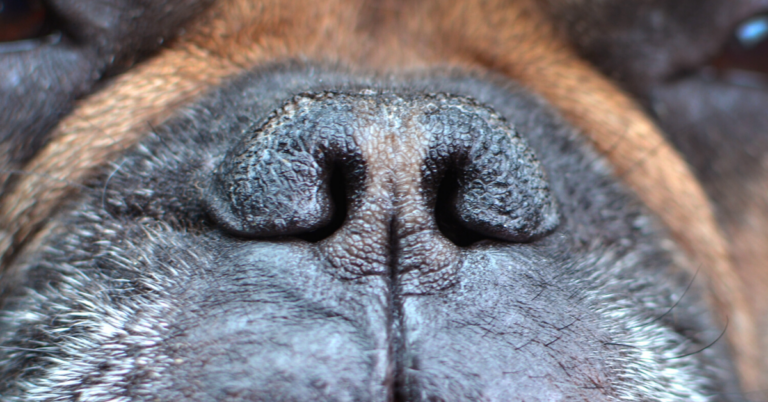IVDD In Dogs: What You Need to Know
Most likely, you have never heard of IVDD in dogs before today.
IVDD or Intervertebral Disc Disease is a degenerative disease of the spinal cord. It can develop in dogs of any age, sex, or breed.
Some breeds have an increased genetic risk, but it can also occur secondary to any type of acute trauma.
The spinal cord plays a crucial role in the body’s key daily function, and injury to it can be mild to life-threatening.
Knowing the signs of IVDD will allow you to be better prepared should this disease ever affect your dog.
What is IVDD in Dogs?
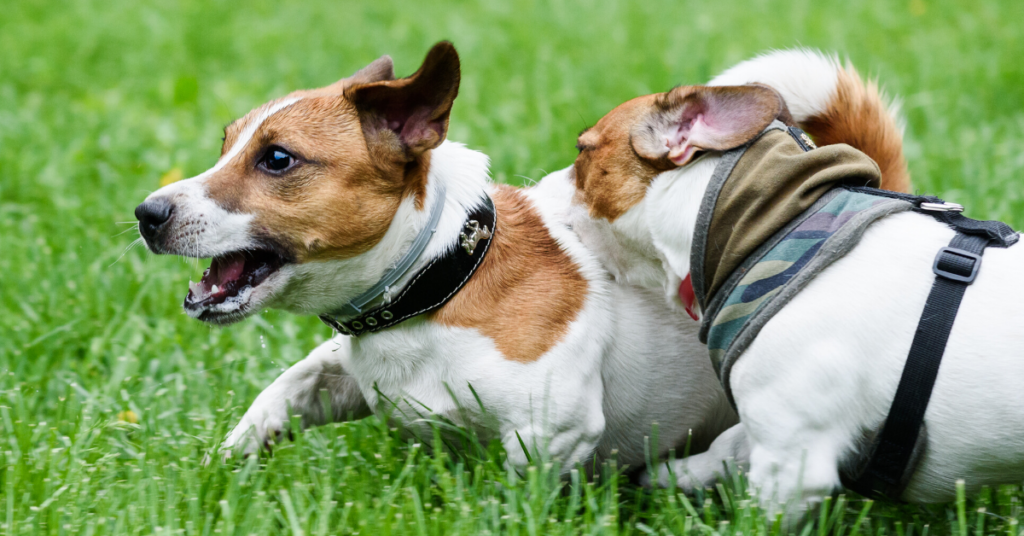
IVDD is the most common spinal condition to affect dogs.
The intervertebral discs provide cushioning between the vertebrae, allowing flexibility and general movement in the spine.
The discs, or fibrocartilage, act to stabilize and absorb shocks to the spine. Usually, this disc is pliable and squishy, allowing the spine to extend and move without any problems. However, if the disc material, known as the nucleus pulposus, becomes hard and inflexible, instead of bending, it can rupture.
If the disc material ruptures, impacting the spinal cord, it can lead to neurological deficits in your pet. This can also lead to pain, lameness, weakness (paresis), and even the inability to walk (paralysis).
Sometimes the damage is permanent, while other times, it can be managed and treated successfully with medications and physical rehabilitation (PT). But, depending on the severity of a ‘slipped’ disc, it may not get better with just rest or PT, and surgery may be required.
Are Certain Breeds More Likely to Have IVDD?

Certain breeds are prone to developing this disease over their lifetime due to a genetic predisposition.
Small breeds such as Lhasa Apso, Poodle, Dachshund, Pekinese, Basset Hound, and Cocker Spaniels are inclined to get this disease. While large breeds such as German Shepherds, Dobermans, and Labradors are also at risk for IVDD.
Keep in mind that any type of dog can develop this debilitating disease for various reasons.
Normally seen in dogs between the ages of three and seven, this condition can appear at any age.
It is always a good idea to provide your dog with access to professional veterinary care throughout its life.
Having regular check-ups will help you to stay on top of any health conditions your animal might suffer.
What are the Causes of IVDD in Dogs?

The spinal cord, being one of the most important structures in the body, must function well for good health.
Typically with age, the part of the disc that allows for cushioning the spine becomes more brittle.
As IVDD progresses in a dog, it can cause disc herniation, aka a ‘slipped disc’ and spinal cord compression, leading to clinical signs.
If the outer part of the disc wears away, it will cause the inner part to leak out, causing inflexibility.
Ultimately, age, breed, excess weight, and any traumatic events lead to IVDD.
Signs and Symptoms
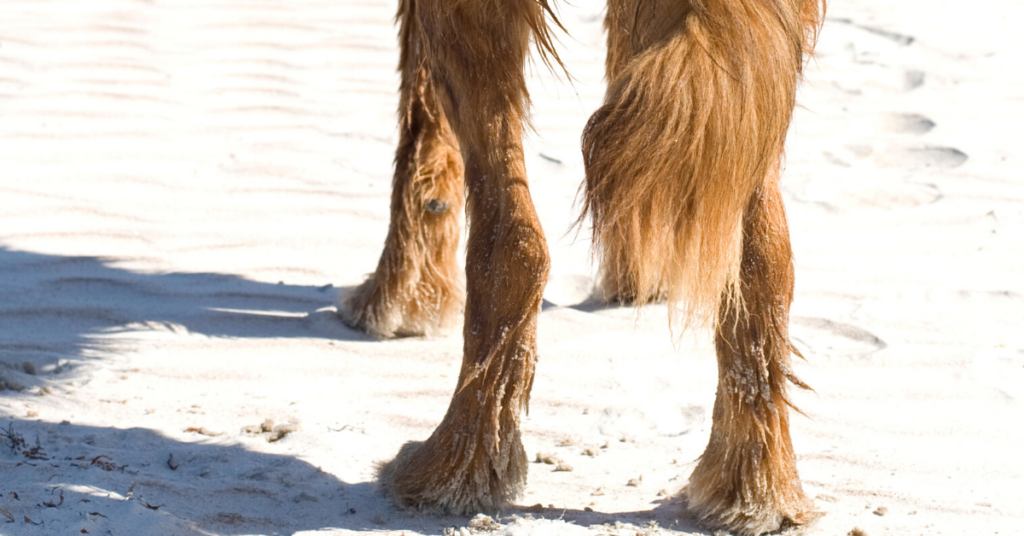
In dogs, signs of IVDD can vary from mild and barely noticeable to completely unable to walk at all.
You may notice:
- Uncoordinated walking (ataxia)
- Pain
- Hesitating when jumping up on something or down off something
- Hesitating when going up or down the stairs
- Holding one limb up or not fully weight bearing on a limb
- Holding their neck lower than normal
- Hunching their back
- Ducking or resisting having their head or another body part scratched or petted or brushed
- Vocalizing (Whining or crying out).
- Most dogs do not vocalize commonly with pain unless sudden onset, traumatic, or very painful.
- So remember, the lack of vocalizing does not rule out pain.
- Muscle tension or spasms
- Decreased activity
- Decreased or change in appetite; not wanting to eat out of dog toys
- Not wanting to play with toys/balls
- In more severe cases, the loss of control of urination or defecation may occur.
Some dogs can develop lameness or issues gradually over time. Some may be weak, wobbly, cross their feet when walking, or drag one limb behind them (paresis). Still, others may suddenly become unable to walk at all (paralysis).
How is IVDD Diagnosed?

Your vet will be able to presume a diagnosis of IVDD through a thorough physical exam.
X-rays of the spine may show arthritis of the spine, but the disc material itself does not show up in X-rays. Advanced imaging and referral to a veterinary neurologist may be needed.
If advanced care, including surgery, is warranted, further testing may include an MRI, CT scan, and or myelogram.
Once diagnosed, there are several options for your pet.
Treatment for IVDD
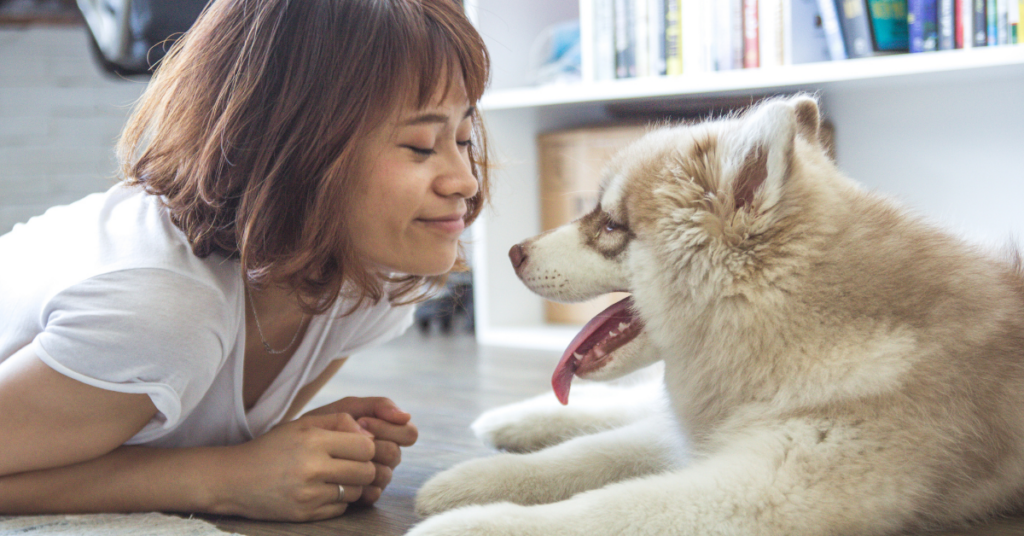
Treatment may consist of methods to ensure pain-free recovery and return to a good quality of life. This may include:
- Strict crate rest
- Leash-walking only for 1-5 minutes to go potty
- Physical rehabilitation (AKA physical therapy in people)
- Pain medications including gabapentin, either NSAIDs (non-steroidal anti-inflammatory pain meds) or steroids, muscle relaxants, or additional medications
- Adjunctive treatments such as acupuncture, osteopathic manipulation, or massage
- Surgery
Factors that affect the need for surgery vs. rest, rehab, and pain management include:
- The age of the dog
- Breed of the dog and type of disc disease
- The severity of damage to the spinal cord
- Weight of the dog (obesity worsens the prognosis)
- The cost of treatment options and the owners’ financial ability and willingness to pursue various options
Controlling pain and restricting activity is a must regardless of the path chosen. Most people make the mistake of seeing their pet improve and letting them be too active too quickly.
Treatments vary depending on the seriousness of the disease. This includes how painful the pet is as well as the degree of neurologic changes seen.
If the dog can walk and feel all 4 of its legs vs. can not move one or more legs, it plays a role in the recommended treatment for IVDD.
Can Dogs Recover from IVDD?
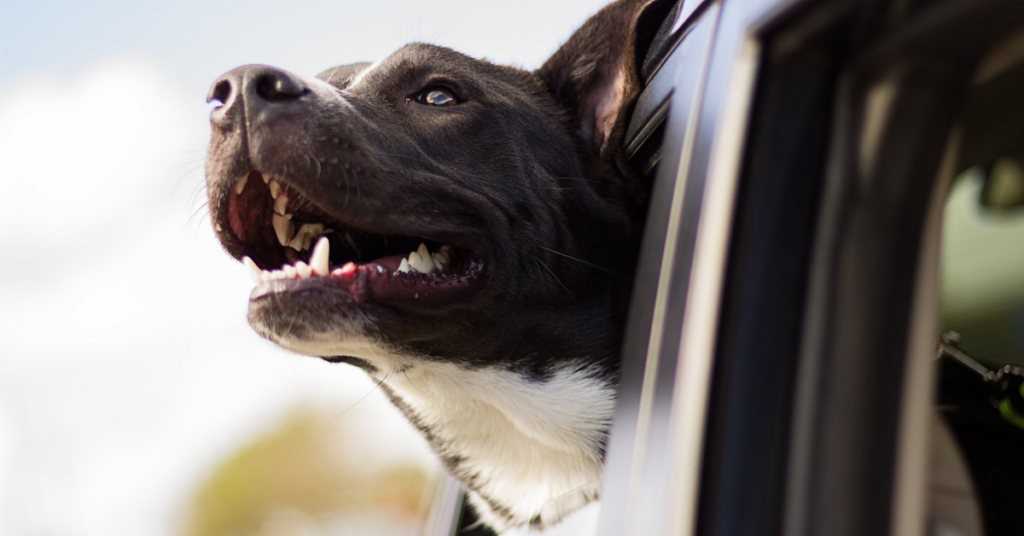
Most dogs can recover from IVDD or at least reduce the most debilitating effects of this disease.
With bed rest, certain medications, a supportive outlook, and dedication to your dog, recovery may be possible.
Surgery is usually used in the more extreme cases to return function and relieve the pressure on the spine, therefore reducing pain, inflammation, and hopefully neurologic damage.
Those with loss of function before surgery may still not fully regain function even with surgery. Those that do not can use PT and aids such as a scooter/cart to help them adjust to life without all 4 legs working properly.
Even if surgery is performed, it can take time to know if the function will be restored and what degree.
The process of regaining neurological functioning, reducing pain, and returning to walking can take several days to several months or longer. It requires due diligence, after-care, PT, pain management, and strict rest. Some dogs need assistance going to the bathroom, and others bounce back immediately.
Deciding to allow surgery on your pet is a big decision and one you do not want to take lightly.
As a dog owner, you will be eager to make sure that your dog gets the best possible medical care.
It can never hurt to get a second opinion if it looks like your dog might need to go under the knife. Know you can always seek evaluation by a board-certified veterinary neurologist for a more thorough assessment.
Tips for Preventing IVDD in Dogs

IVDD cannot be entirely prevented 100%. And for dogs who have an episode, even a mild episode, they will always be at risk for recurrence.
Obviously, we want a dog to be a dog. But, in breeds at an increased risk or in dogs with a history of IVDD, you can take steps to lessen the chance of IVDD.
Consider trying to reduce the amount of time your dog runs around chasing things such as balls or squirrels.
Do not play tug of war games with a pet at risk for spinal cord issues.
Keep your dog from jumping up on and down off of things to limit jolts to their body. Consider doggy steps or a ramp for furniture if they must go up or down. Limit stair climbing to 2 x daily and only supervised, controlled walking up or down.
Make sure that all your dogs maintain a safe and healthy body weight. The ideal body weight includes a dog whose ribs you can feel easily and who has a waist at the ribcage end. If you look down on your dog and you see more of a rectangle than an hourglass, then your pet likely is carrying added pounds and at risk.
Do not let your dog sit in a begging position on its hind legs.
Finally, use a harness vs. a neck collar to avoid additional damage to the spinal cord. Ideally, the leash attaches to the chest area to prevent or minimize pulling.
If your pet shows any signs that suggest IVDD, call your veterinarian as soon as possible. Do not give any medications before talking to your veterinarian.
Take your pet immediately to an emergency room, especially if they cannot use one or more of their legs or they are in severe pain. Do not delay pain management or care!






